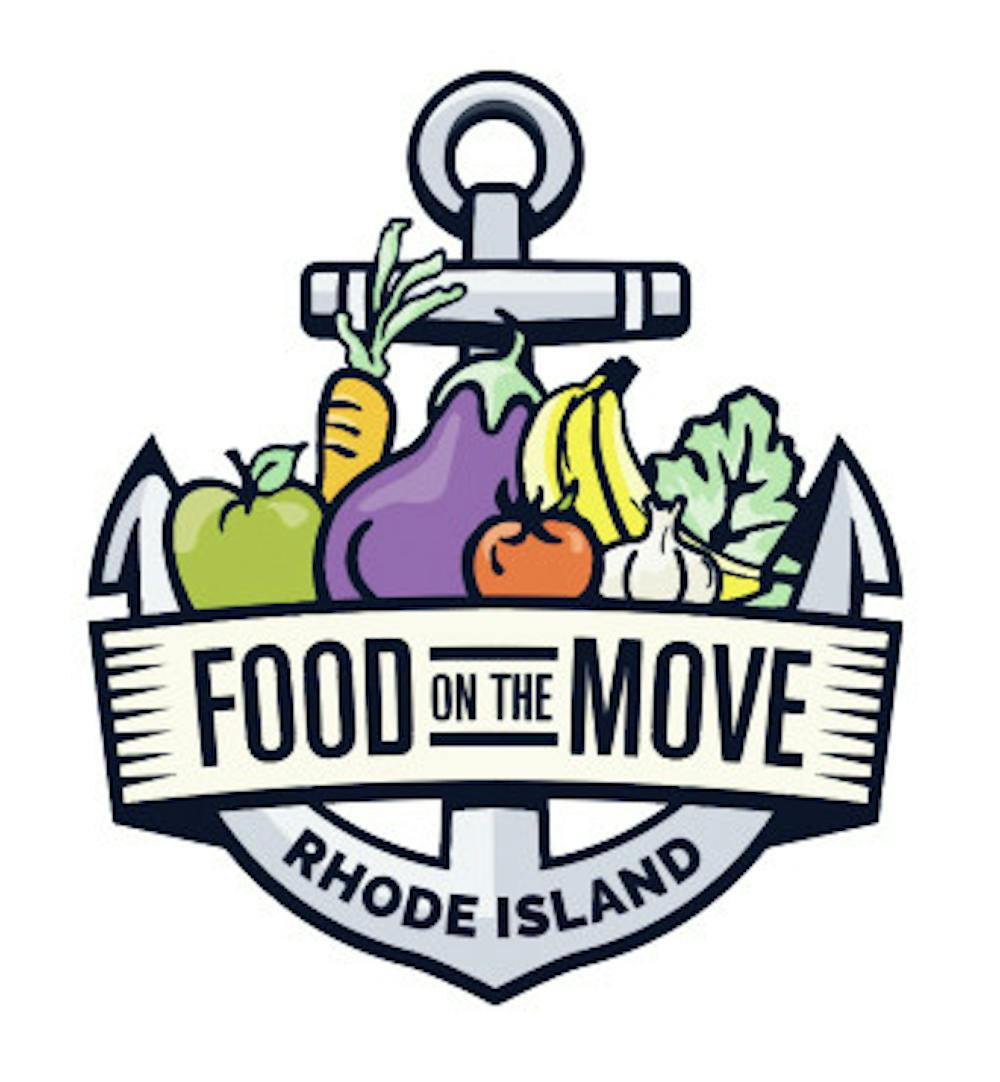Recipients of the Supplemental Nutrition Assistance Program’s benefits will have their food stamps matched one-for-one by a grant from the U.S. Department of Agriculture, allowing them to buy more fresh fruits and vegetables at “Food on the Move” mobile produce markets, said Gemma Gorham, director of the program.
Gorham and her associates attained this grant by submitting their research findings from their previous market program, Fresh To You, which was funded by different grants over several years.
The $100,000 grant falls under the Food Insecurity Nutrition Incentive program, an initiative of the USDA aimed at encouraging recipients of SNAP dollars — commonly referred to as food stamps — to purchase more fruits and vegetables.
At the onset, the objective of the Fresh to You program and Gorham’s preceding research was to overcome the barriers preventing people from eating fresh produce, Gorham said. She cited high cost, lack of access, lack of time to shop and the poor quality of available produce in local stores as the main barriers.
“We created a program that brought fresh fruits and vegetables to places where people work and live, at reduced cost prices,” said Kim Gans, adjunct professor of behavioral and social science at the School of Public Health and lead researcher for the Food on the Move program.
Gans and her team conducted a five-month study — funded by a grant from the Robert Wood Johnson Foundation — that brought markets to six community organizations serving low-income families in Rhode Island. After analyzing the data, her team found that Fresh to You markets had increased childrens’ fruit and vegetable consumption by just under a half cup per day.
“We can say now that this is an evidence-based program,” Gorham said. “We’ve proven that bringing these markets results in increased fruit and vegetable consumption among people who shop there.”
Original research for the program occurred at the Institute for Community Health Promotion, which is part of the School of Public Health. But Food on the Move now exists as a part of the Rhode Island Public Health Institute, a 501(c)(3) nonprofit housed in the School of Public Health. Brown researchers remain involved with the dissemination of the program, and this partnership is essential, Gorham said. “Having Brown-quality researchers is part of the reason we’re getting funded.”
Gorham cited another way in which the Brown community is crucial to the success of the program. In order to create a self-sustaining social enterprise, she said, it is necessary to conduct sales in higher-income neighborhoods, worksites or colleges. In these areas, customers are not using dollar-for-dollar SNAP benefits, which in turn supports the program’s ability to sell in low-income neighborhoods.
The Food on the Move truck parked Friday at the intersection of College Street and Memorial Boulevard, hoping to target Brown and Rhode Island School of Design students as customers.
“On a day like today we make $1,500,” said Hilda Castillo, the field coordinator for the institute. “That has paid for what we purchased for today. At the low-income sites, even after we do the matching, we don’t profit from it at all.”
Going forward, the program aims to double the number of mobile markets. The program’s leaders also hope to partner with small, local and urban growers, who may be growing food at community gardens to bring to markets. Many of these growers are immigrants or refugees who could supply the demand among low-income residents for produce more common in other cultures, such as yucca and jicama, Gorham said. This program would address unemployment as well as food access, she added.
“As a researcher, it’s really gratifying for me to see the program live on,” Gans said. “That’s really the goal of any good researcher, that their research … is actually being utilized in a community and doing good for people.”
A previous version of this article misstated that the Food on the Move program received a grant of $63,000 in the summary deck and photo caption. As stated in the article, the grant was in fact for $100,000. The article also referred to Kim Gans as the director of the Institute for Community Health Promotion. In fact, she was the director from 2010 to 2014 but now serves as an adjunct professor of behavioral and social science at the School of Public Health. The Herald regrets the errors.





